





these photographs where taken in St peters valley they turned out alright and I quiet like the feel and look of the photographs






these photographs where taken in St peters valley they turned out alright and I quiet like the feel and look of the photographs
For this Photoshoot I am planning on doing it both inside and outside. The model will be in a bath robe by a window to re create an image taken by Nancy Honey, however I will also use the model in the bath robe to more position in different places including a garden and the beach to create my own interpretation of her work. For the images taken outside, I plan on using natural lighting and changing the appeture to manipulate the exposure and how much light is exposed to the camera.
Furthermore, i will also be conducting some images inside in a bedroom to recreate some of both Nancy Honey’s and Cindy Shermans images. An issue that i might come across is that the bedroom which I am planning to use lacks a lot of natural lighting therefore, I may have to resort to using the ceiling lights which may give off a slightly warm impression onto the camera. Another way in which I could overcome this issue is by experimenting with the cameras flash.









When editing these images, I did come across an issue in which I did think would happen. When conducting the photos in the bedroom, the images did turn out with a warm tint. However, I managed to overcome this issue slightly through Adobe LightRoom. I reduced the ‘temperature’ of the image to make it more clear and reduce the orange tinge as much as I could without it looking bad. In addition, the images taken outside I used Lightroom to reduce the ‘highlights’ from the imaged to define some of the models features, for example, her collar bones.
Overall, I think that this photo shoot went well. I stuck to my artist reference for inspiration and believe that my images turned out good and the photos I have taken are clear and stick to the theme of observe, seek and challenge. However, this shoot could have been improved by taking more images which would allow me to have a wider selection to pick from and edit. I also think that the photo shoot could have further been improved by getting the model in more positions and poses which would also further increased the variety of images I would be able to pick from for my final images.
Final Outcomes















Awoiska Van Der Molen was born in 1972 in the Netherlands she lives and works in Amsterdam she has participated in numerous group exabitions at institutions including pier 24 in san Francisco Huis Marseille in Amsterdam, FoMu in Antwerp, Nederlands Fotomuseum in Rotterdam and Kyotographie in Kyoto. In 2016 van der Molen has held her first major museum solo show at FOAM Amsterdam. Her work is represented in public and museum collections such as the Victoria and Albert Museum in London, Stedelijk Museum in Amsterdam, Museum of Photography in Seoul and The Hague Museum of Photography. Van der Molen is the recipient of the Larry Sultan Photography Award in 2017, received the Japanese Hariban Award in 2014 and was finalist at the Hyères Festival International de Mode et de Photographie in France in 2011. Her monograph Sequester was nominated for the Paris Photo / Aperture First Book Prize in 2014. Awoiska van der Molen graduated with a MFA in Photography at the St. Joost Academy, Breda in the Netherlands. Her practice is informed by an intuitive approach to image making, and her interest in the intangible qualities of her subjects.
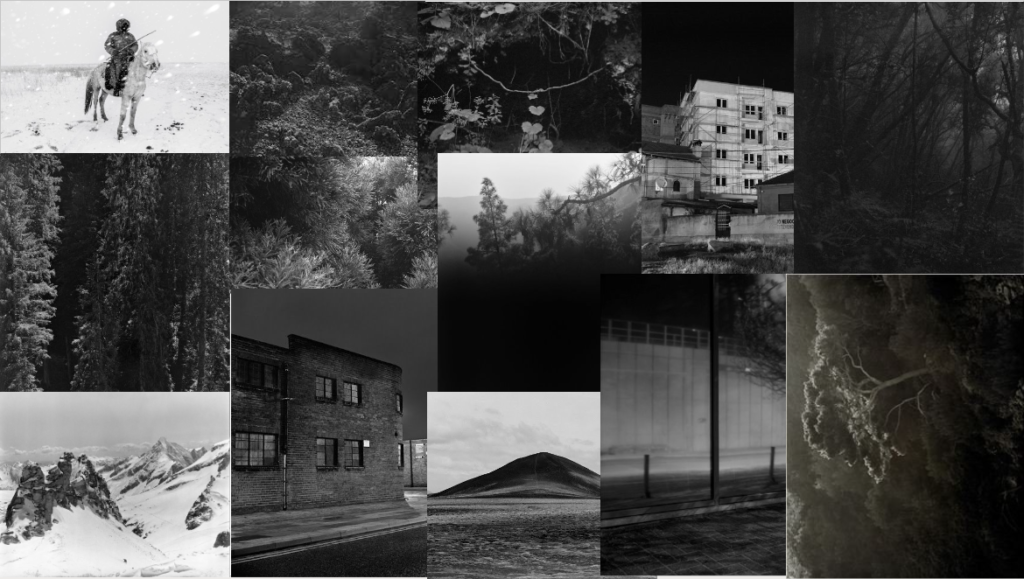
Awosika van der molen early work includes portraits of women on the street of new York, families sitting together or other works where her sitters attention lies beyond the camera she uses this approach in her work of urban environments producing uncanny pictures of ominous houses and streets since 2009. Awosika van der molen has also taken black and white abstract images in nature spending long periods of time in solitude in remote landscapes she slowly uncovers the identity of the landscape she in she searches for a state of being in which the boundaries between herself and her blur I don’t really understand this however I think she’s trying to get photos that express the landscape in a different way from the norm and its definitely different in sense that you don’t know what your looking at until you look closer I quiet like it, it looks very unique and there’s not a lot of uniqueness in todays photography.
https://unseenamsterdam.com/article/the-prelude-interview-with-awoiska-van-der-molen-
https://kristofdeclercq.com/artists/37-awoiska-van-der-molen/biography

I don’t intend on making my photo look or even feel like Chris Burkard however he is a photographer that I have research and look in to I like how his images look however there not my style but they do look very good the reason I looked into him is because I am trying to get more nature and natural order of thing in my photos this could be tree and leaf’s to nature taking over abandoned places and thing left to rot what I like about Chris he only shows the beautiful side of nature which is good I would like to see if I can do the opposite to see how it look and to see if it looks any good.
green- will edit, yellow- might decide to edit (if more edits are needed), red- won’t edit

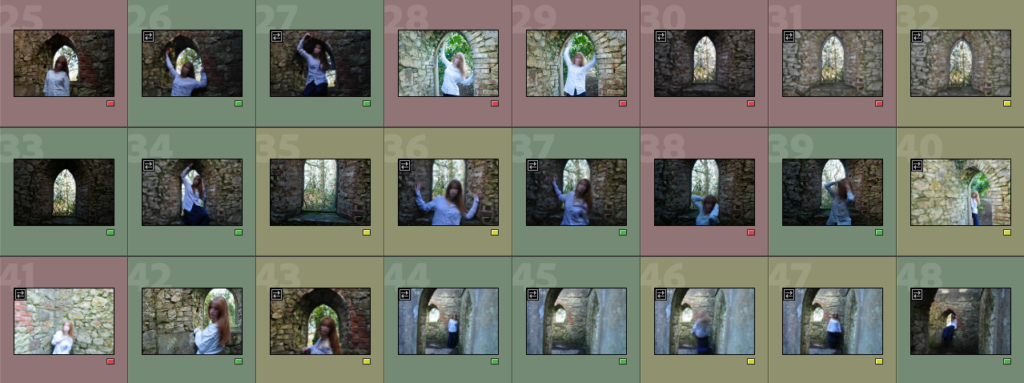
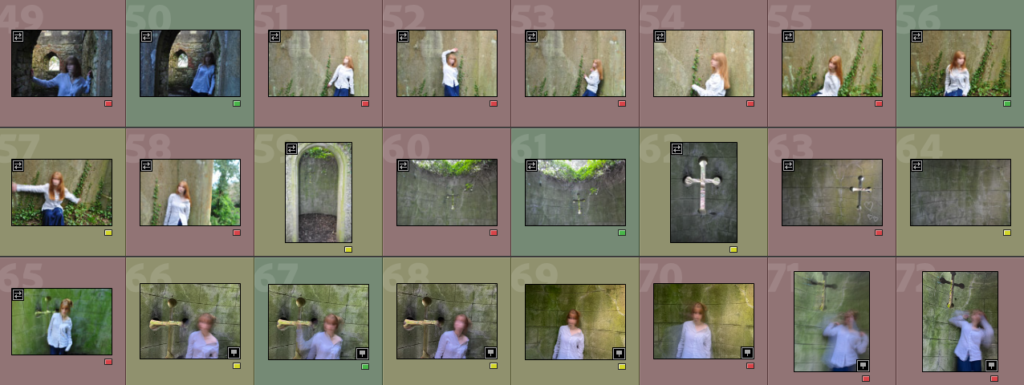


I made every picture black and white and I enhanced the contrast of the images by changing the contrast, highlights and shadows as well as increasing the texture and clarity of the photographs. I either lowered or increased the exposure, depending on the lighting in each image.
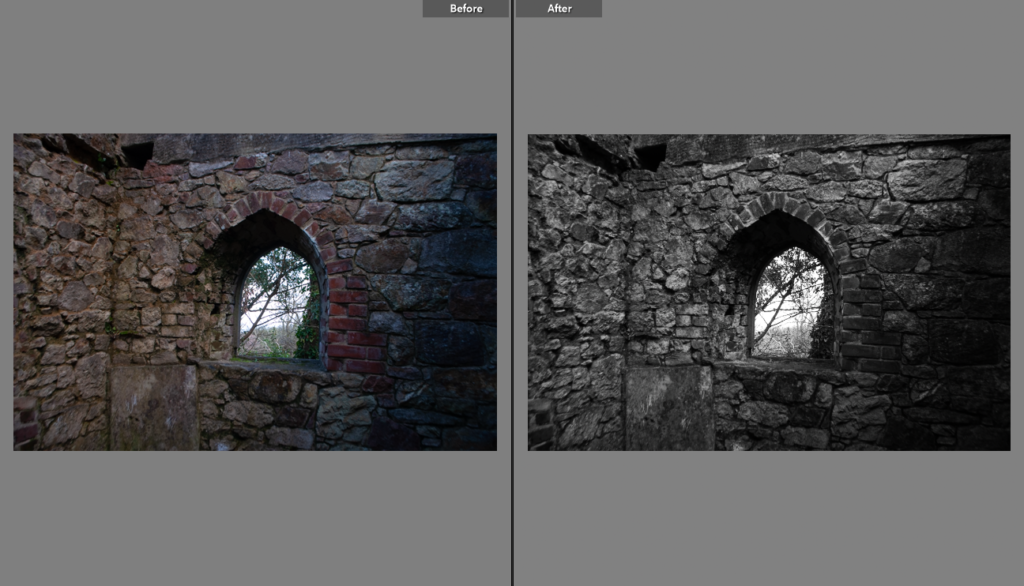
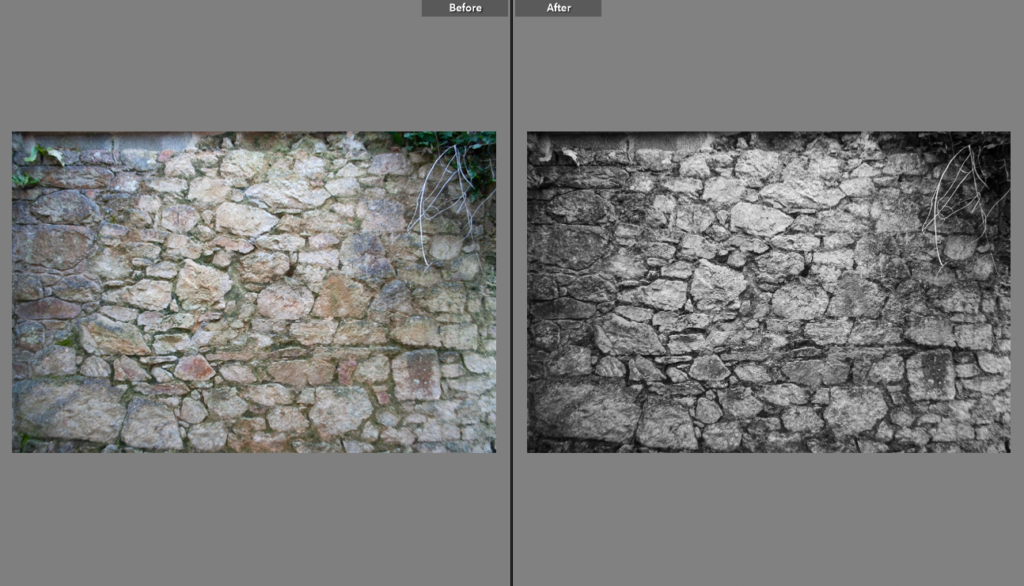
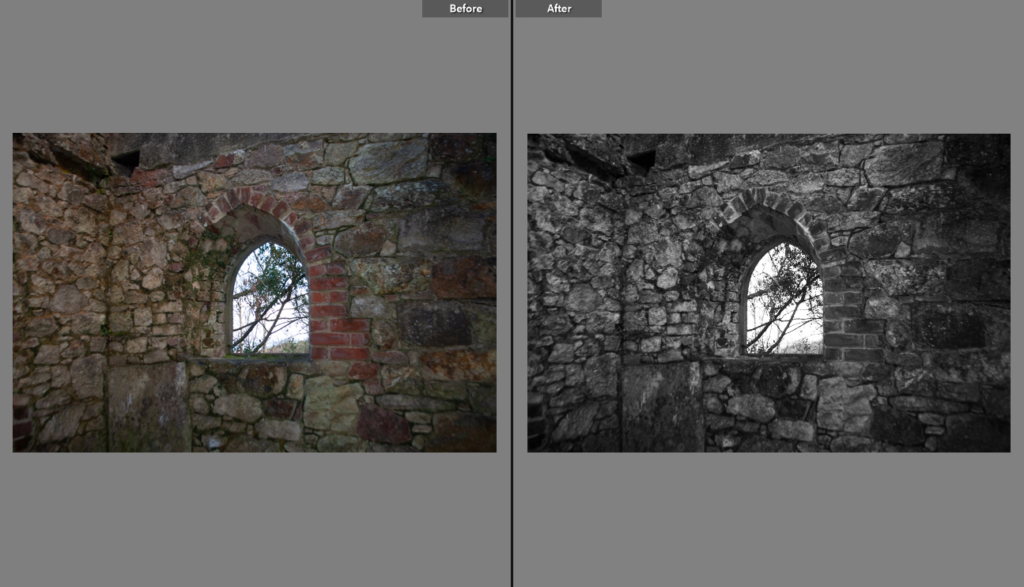
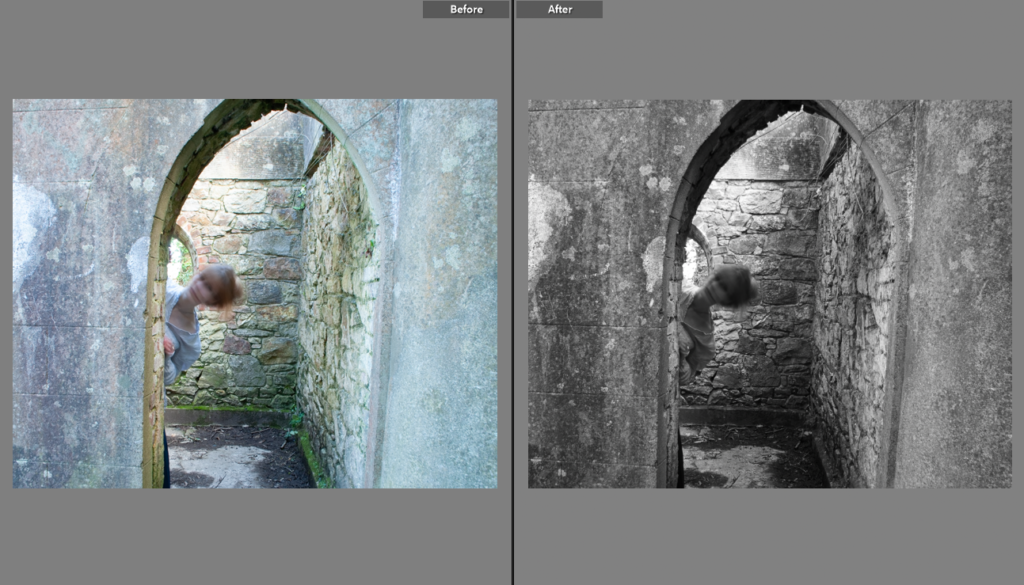
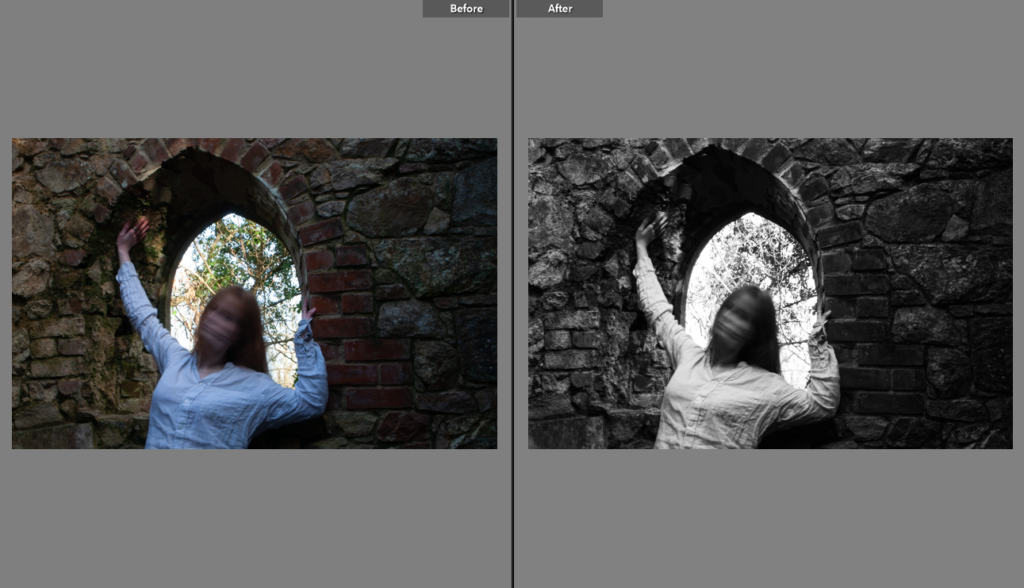
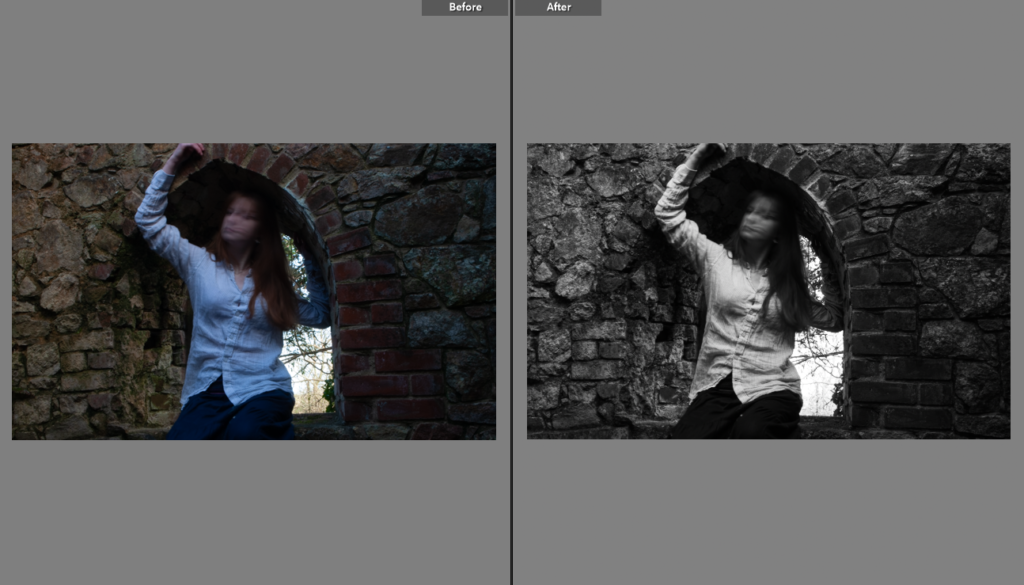
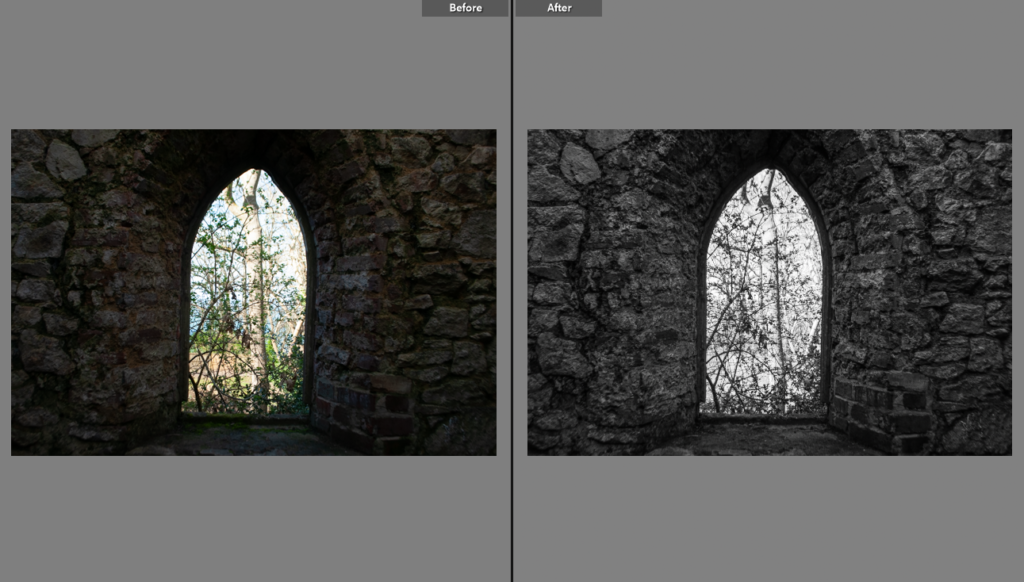
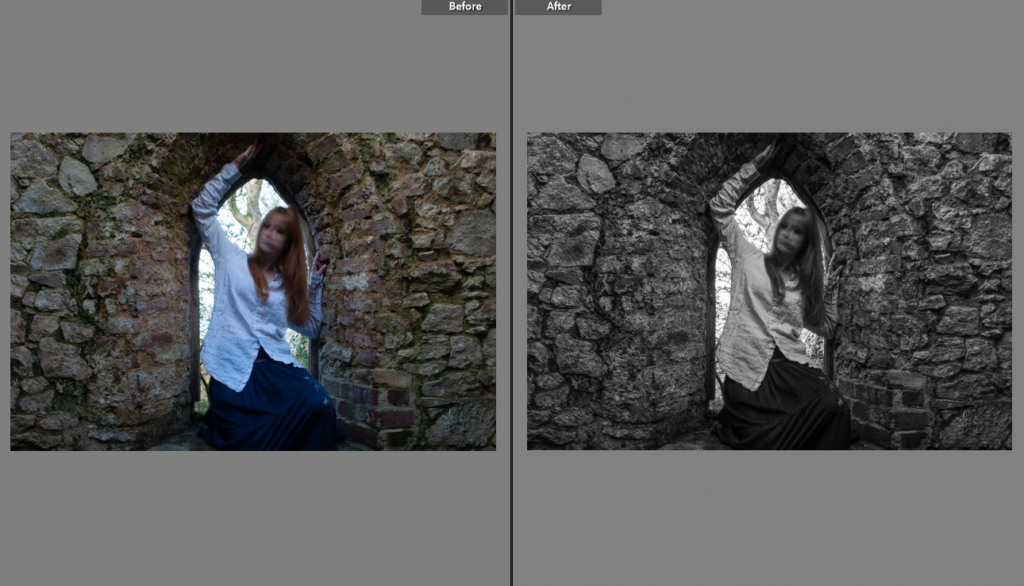
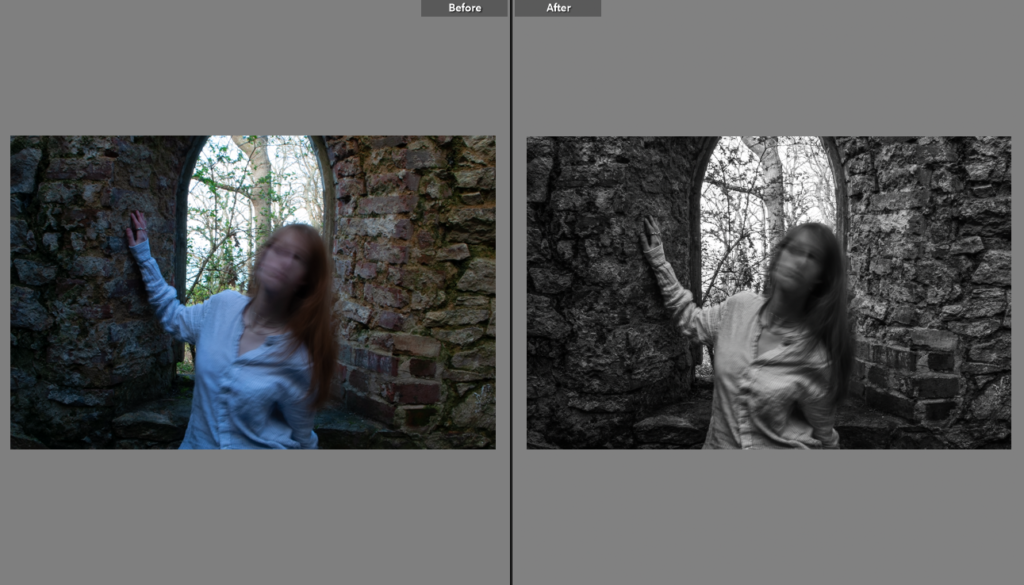
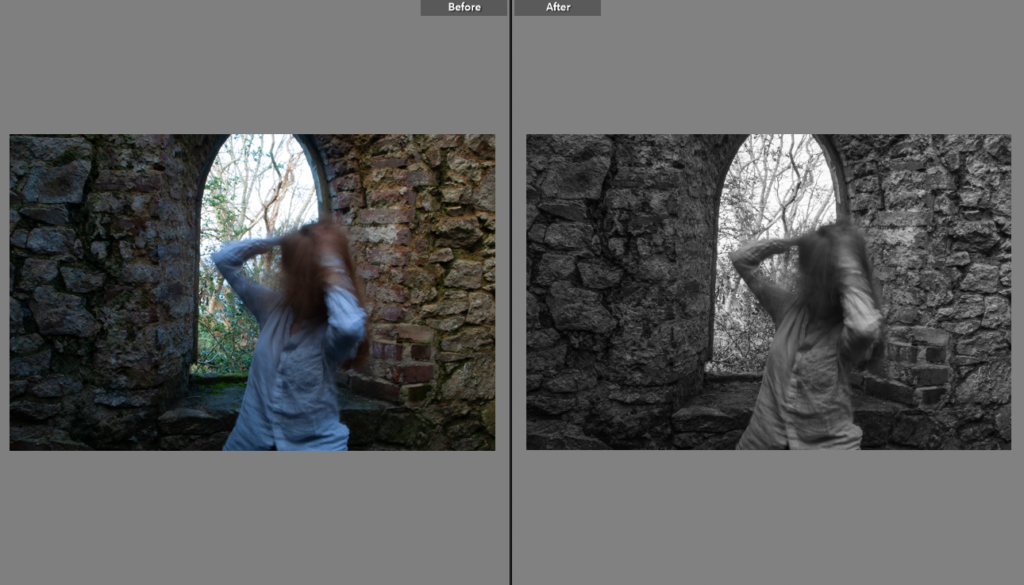
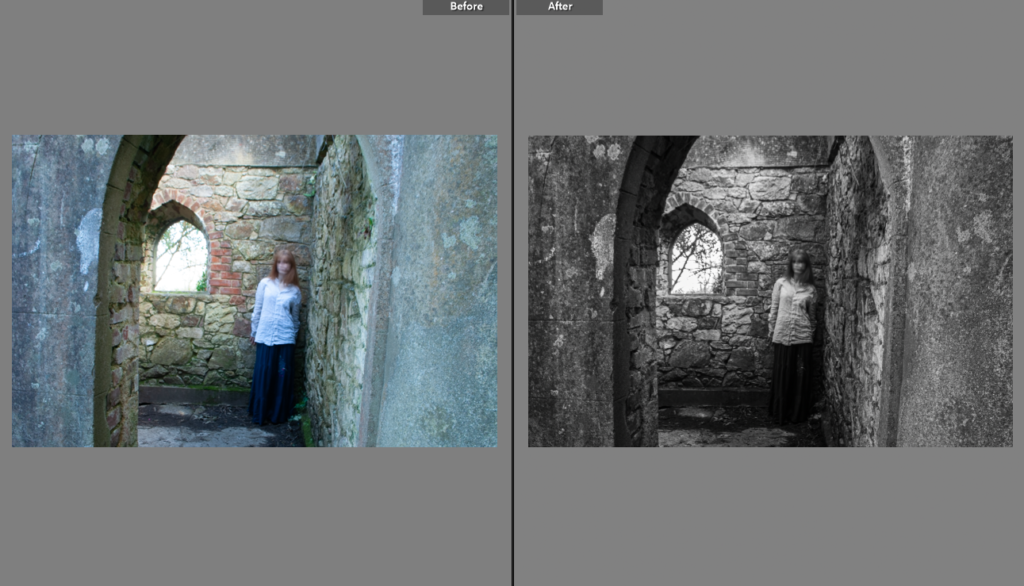
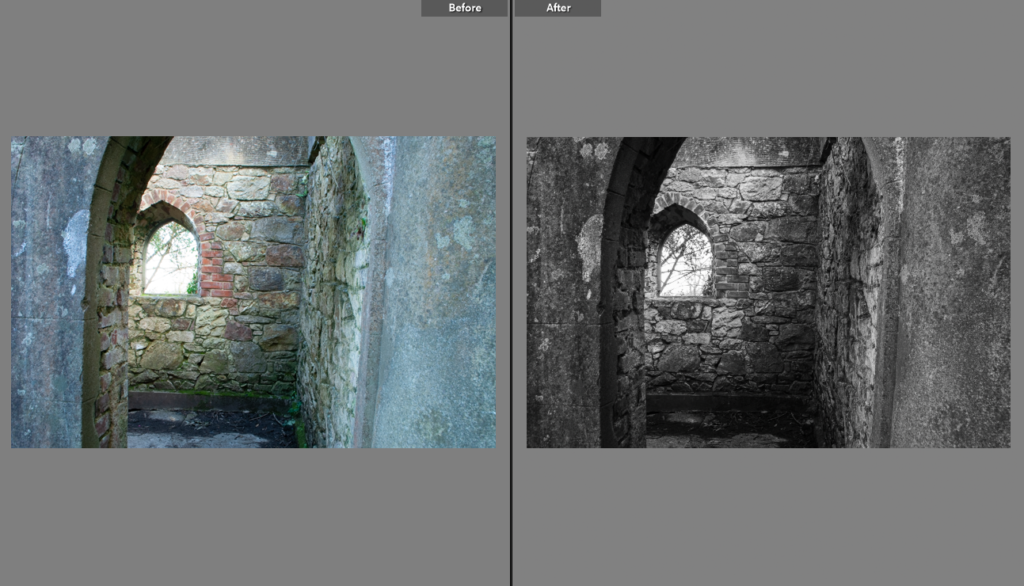
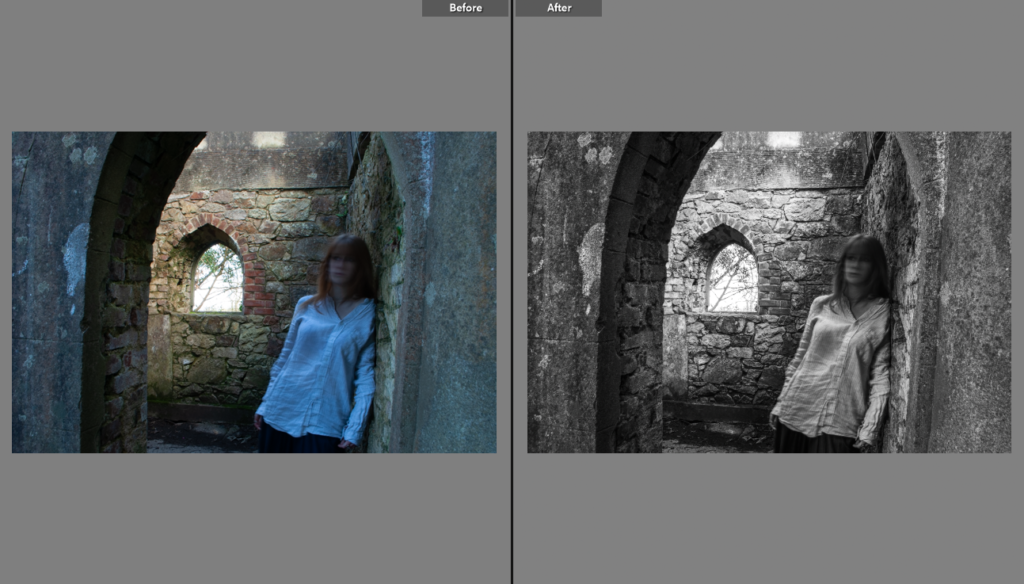
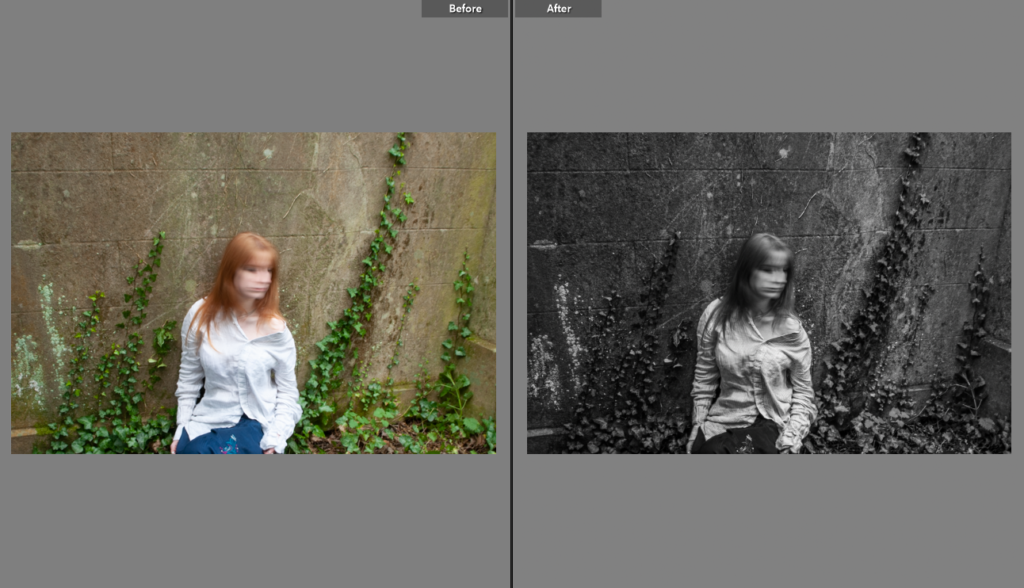
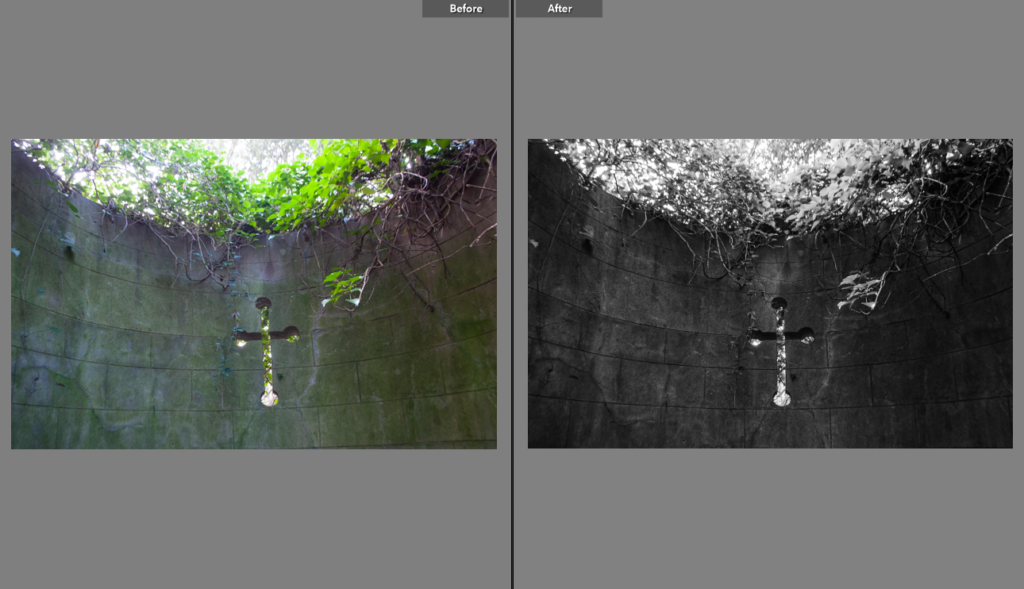
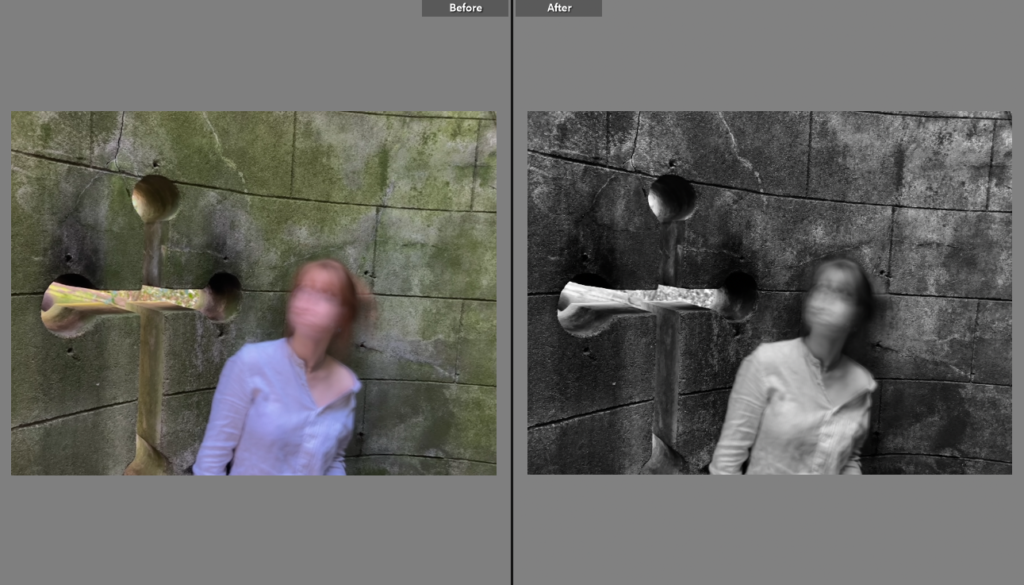

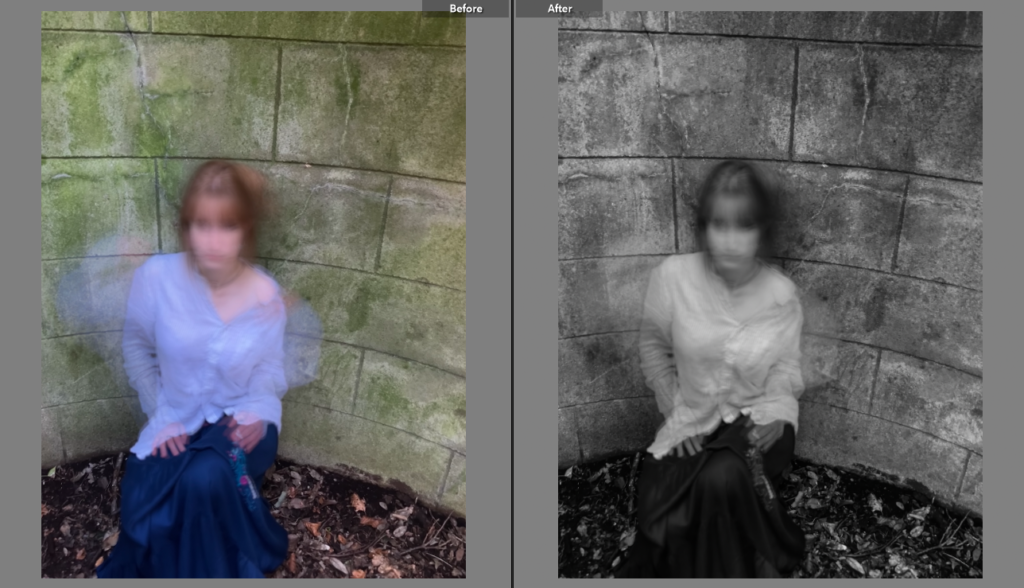
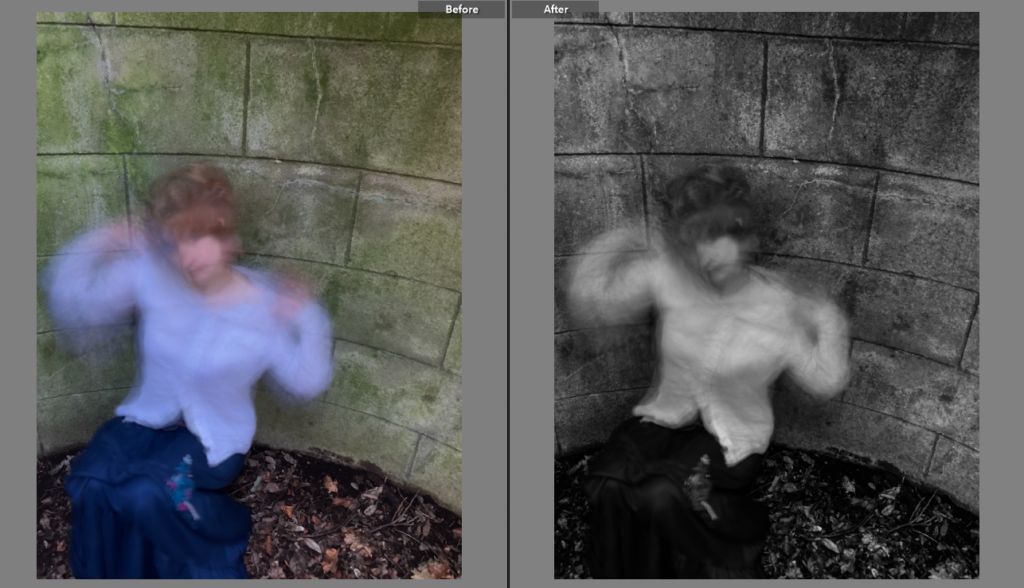
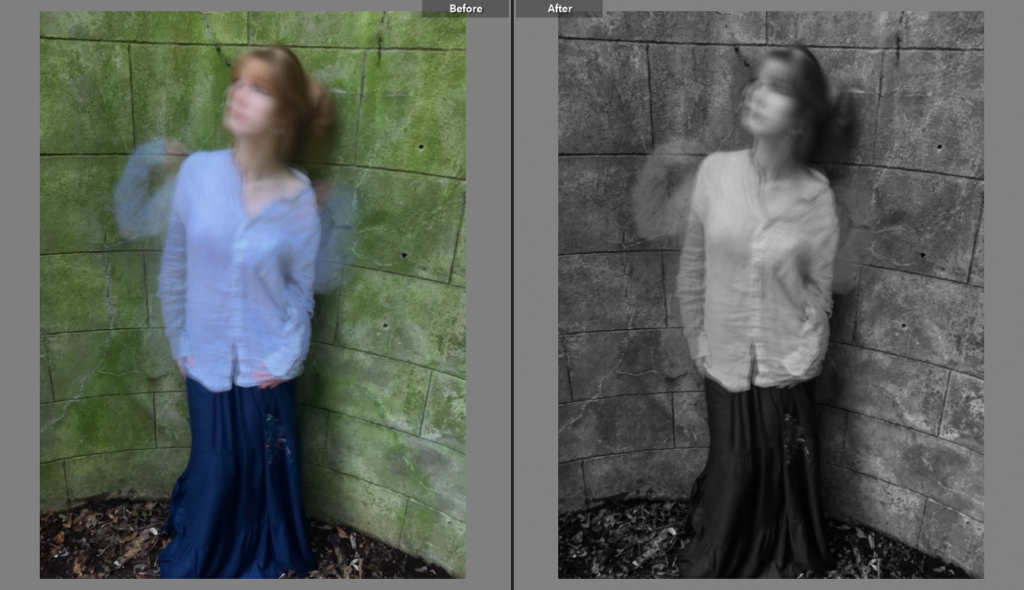



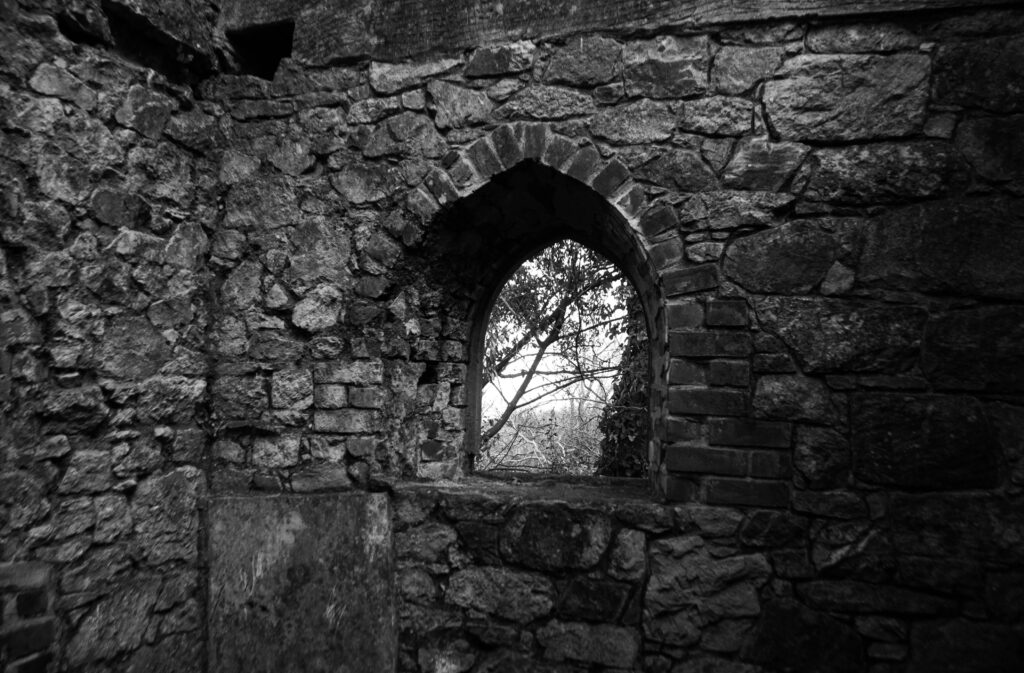
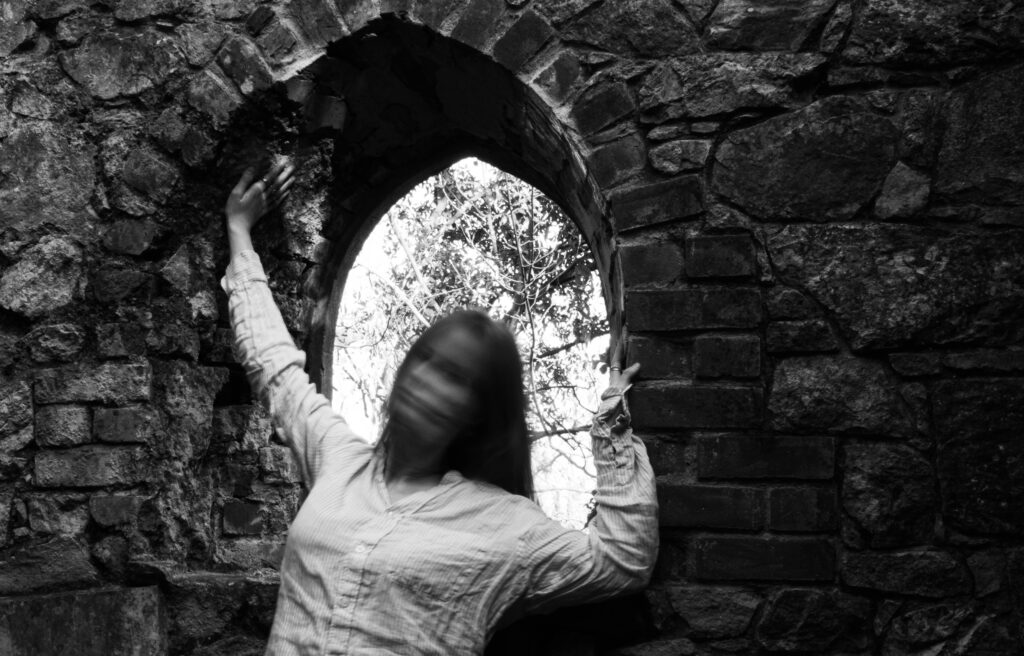
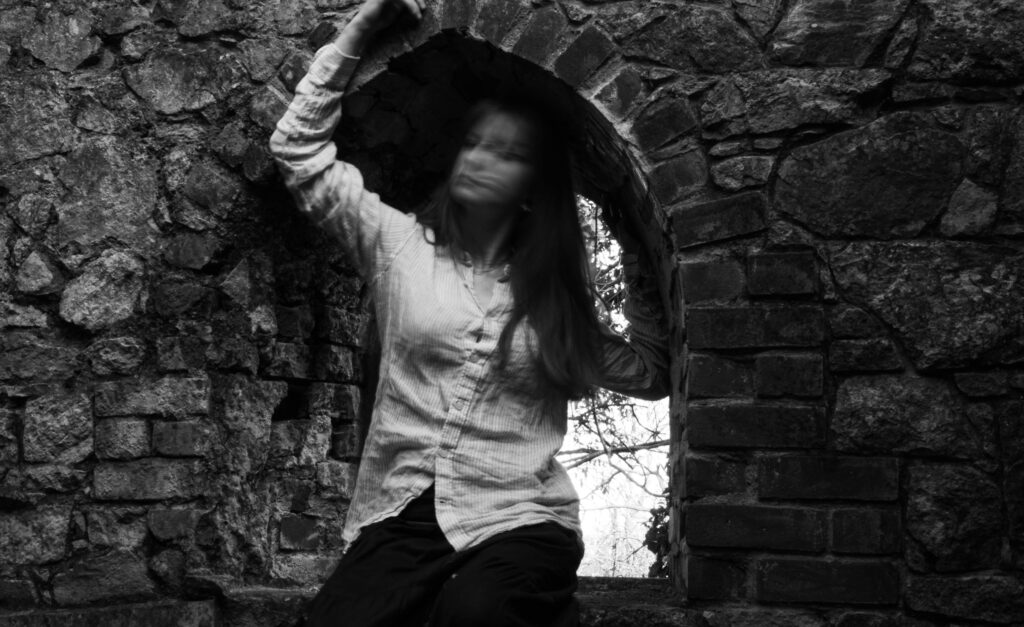

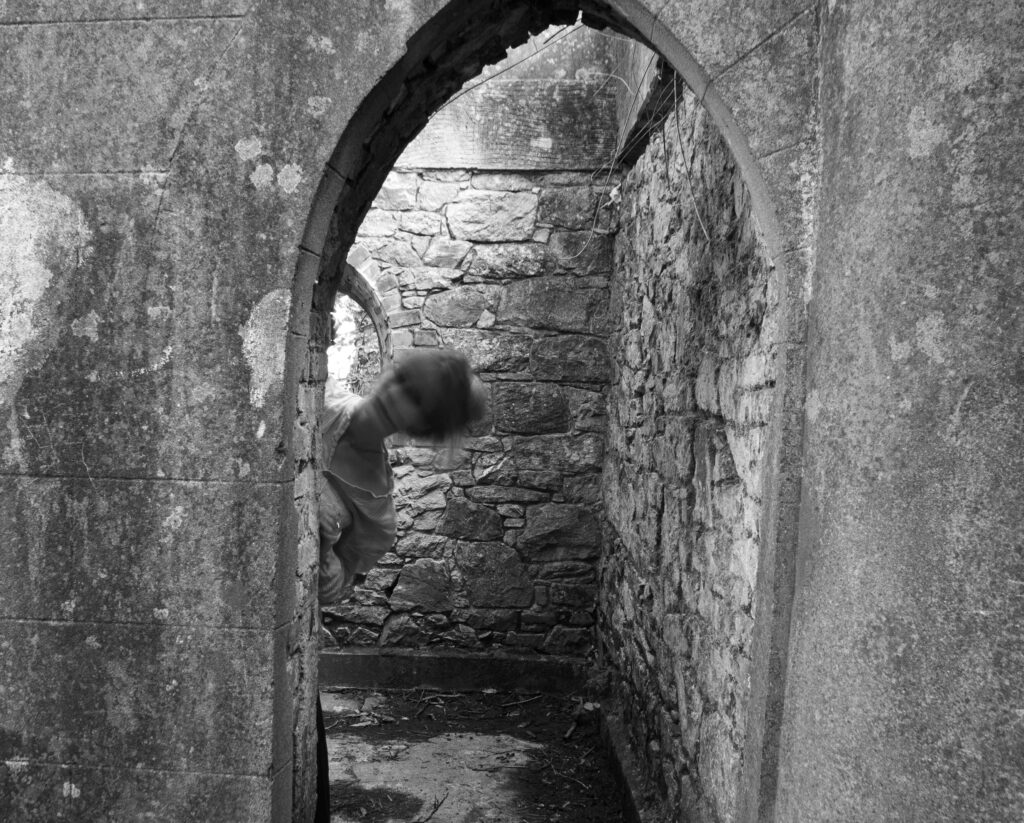
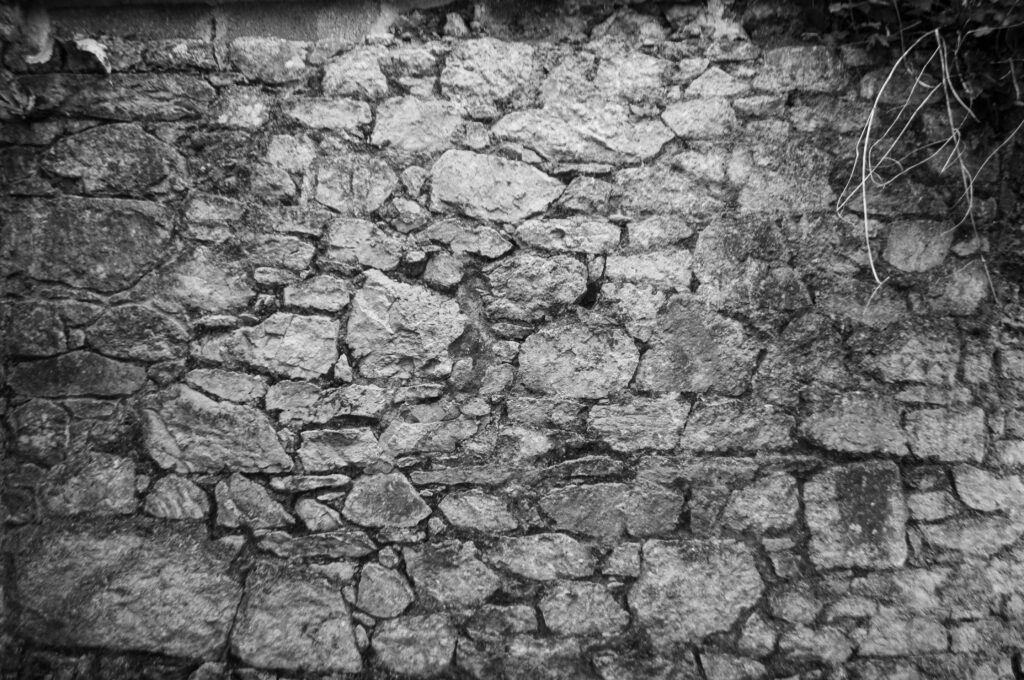
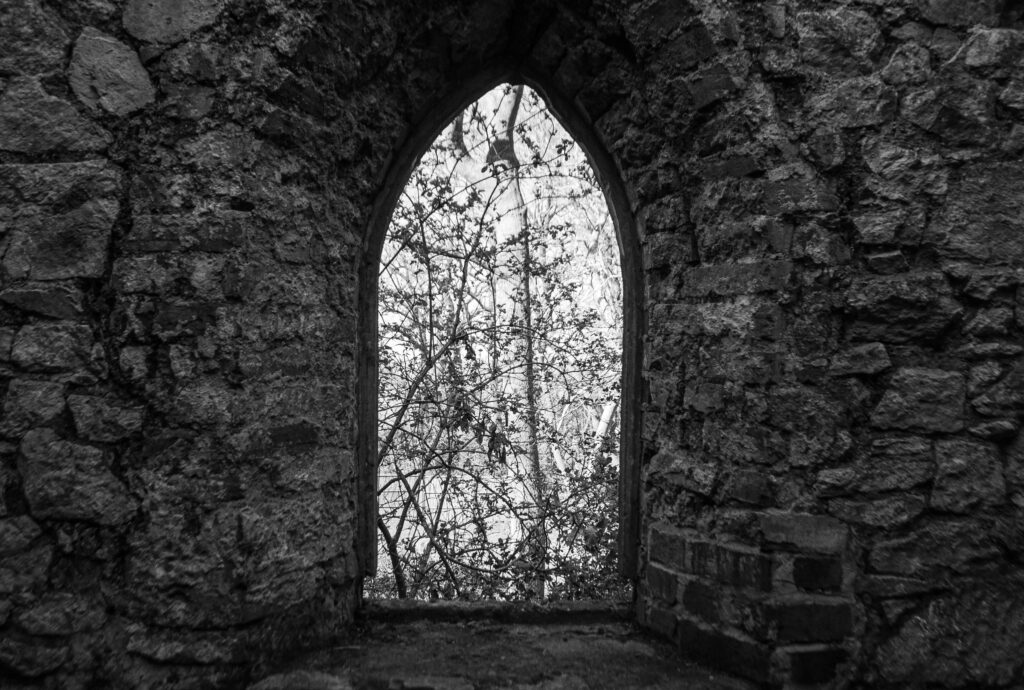
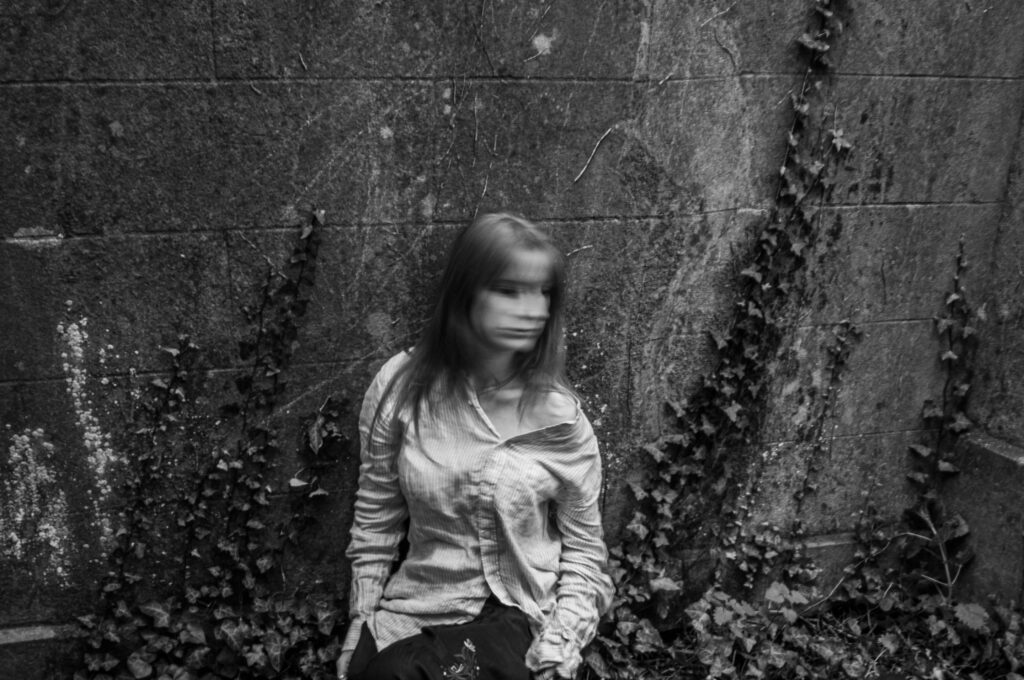
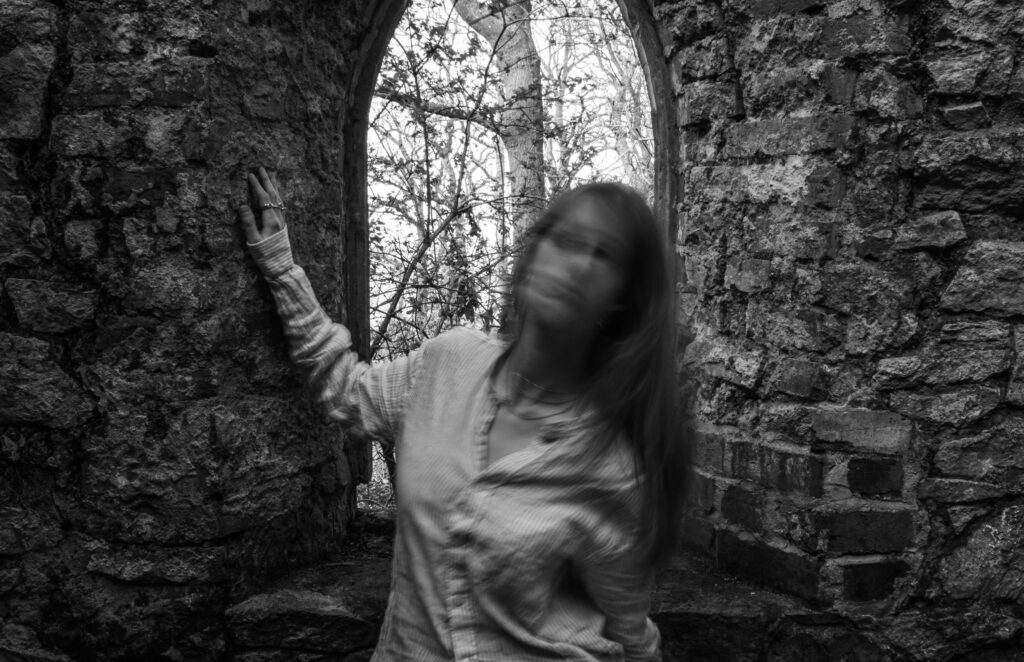
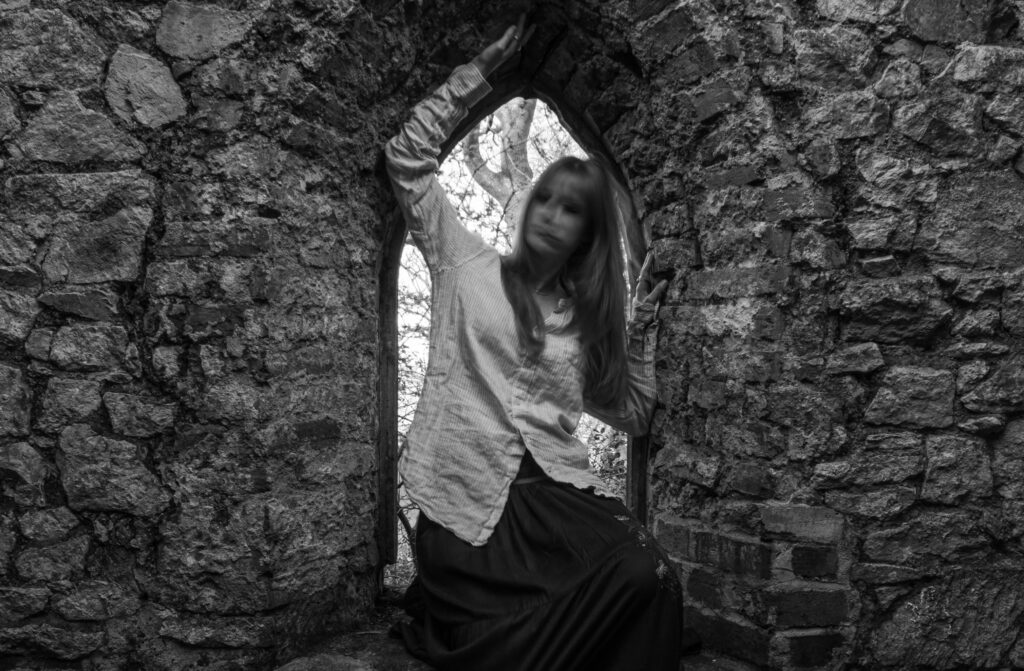

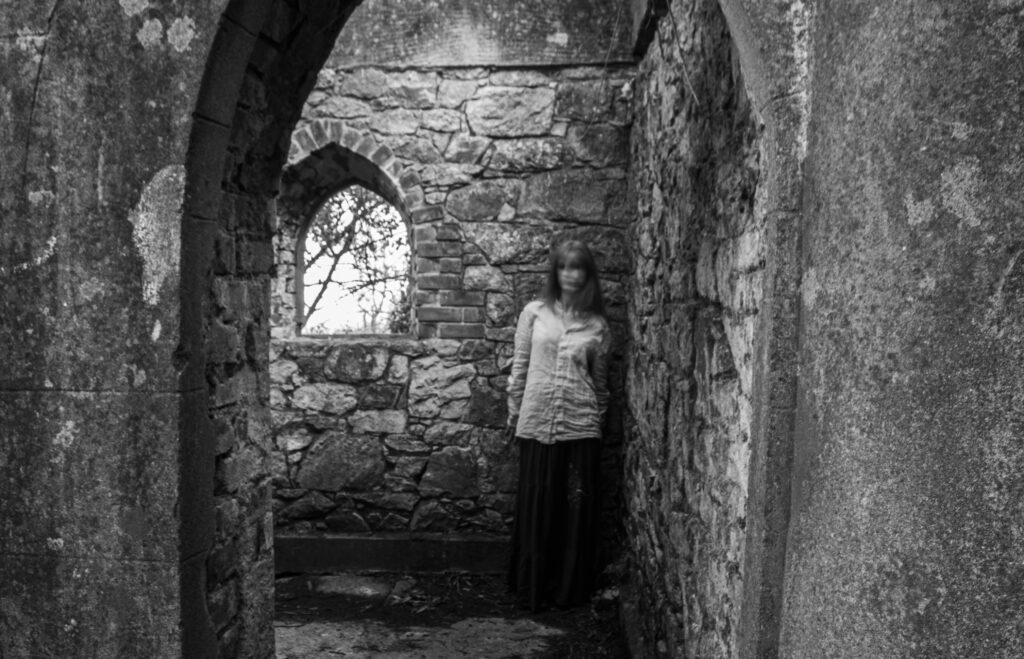
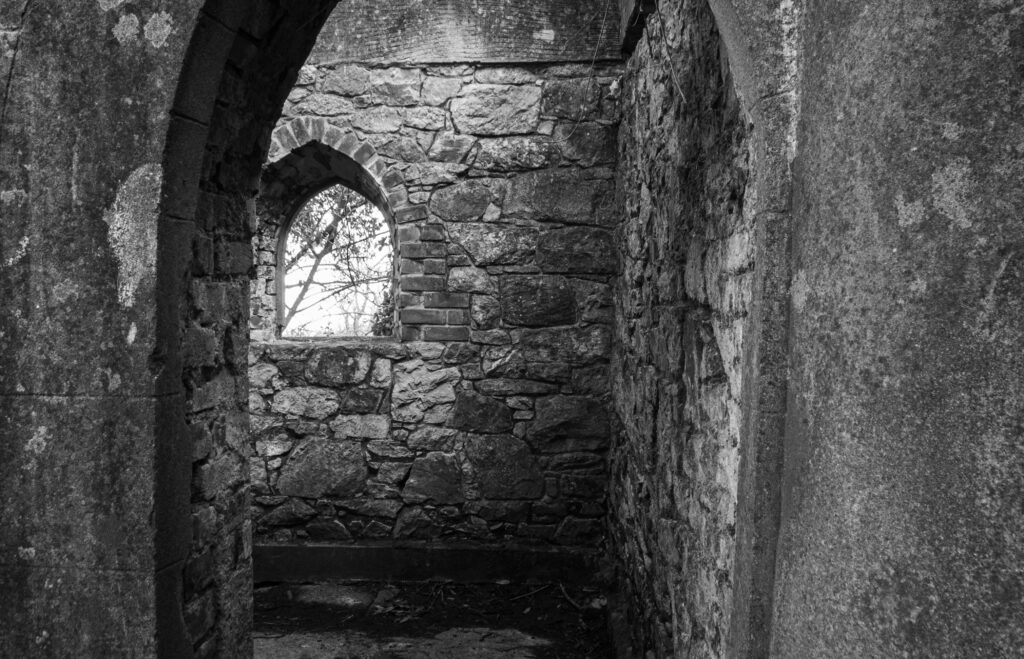
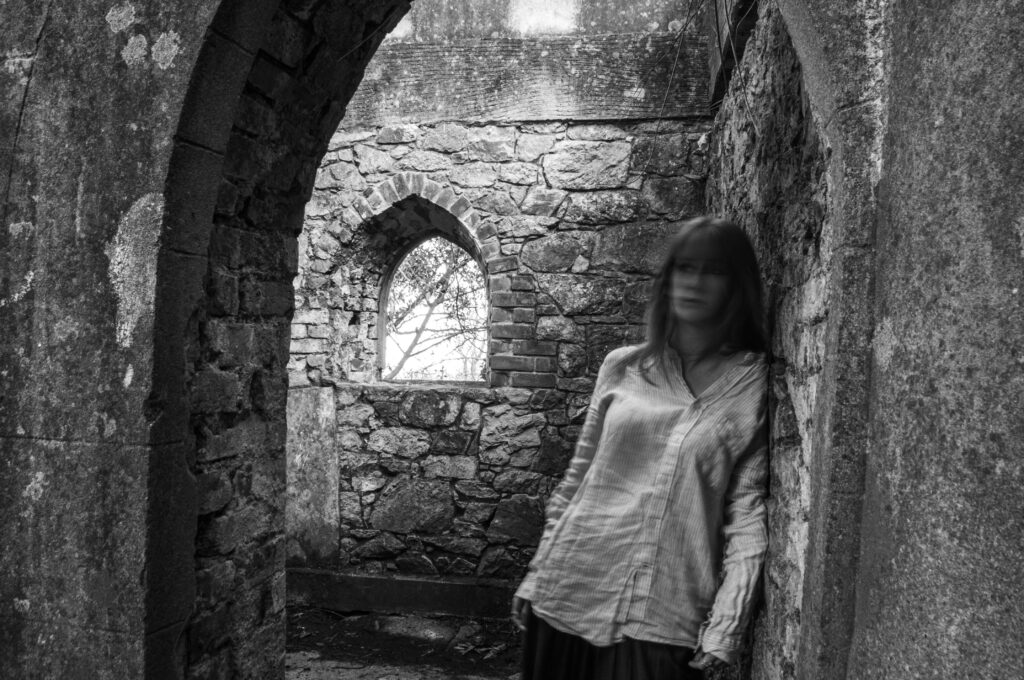
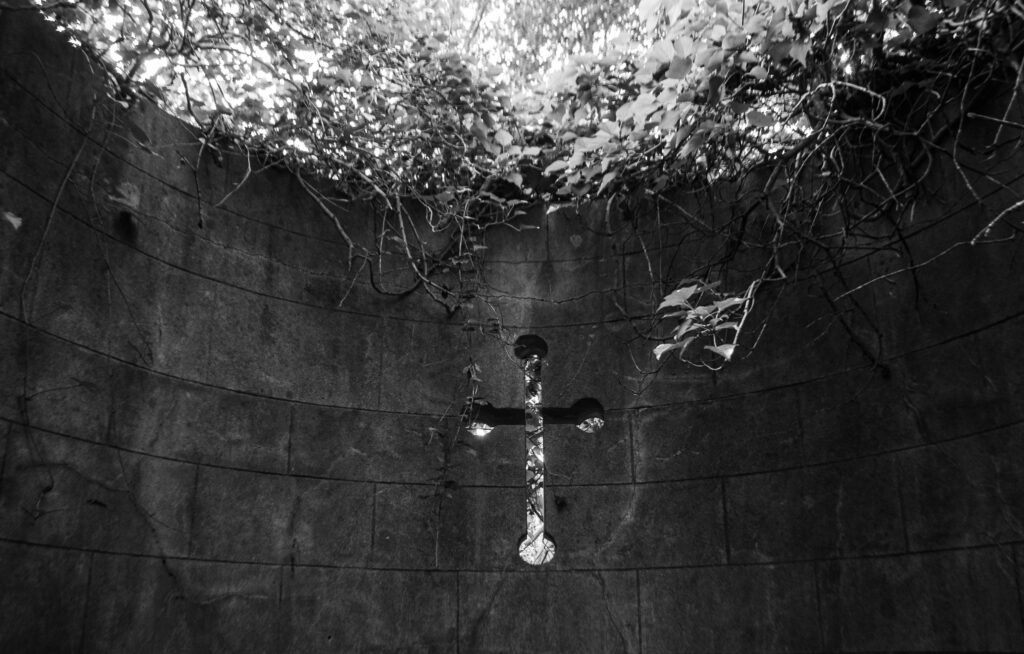

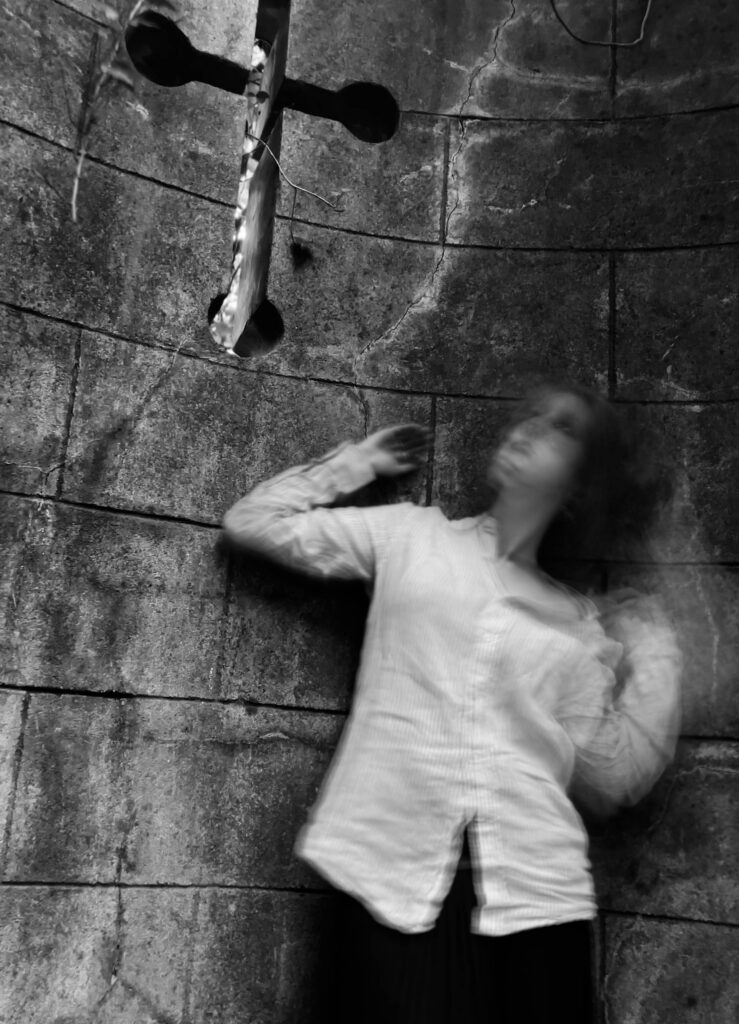
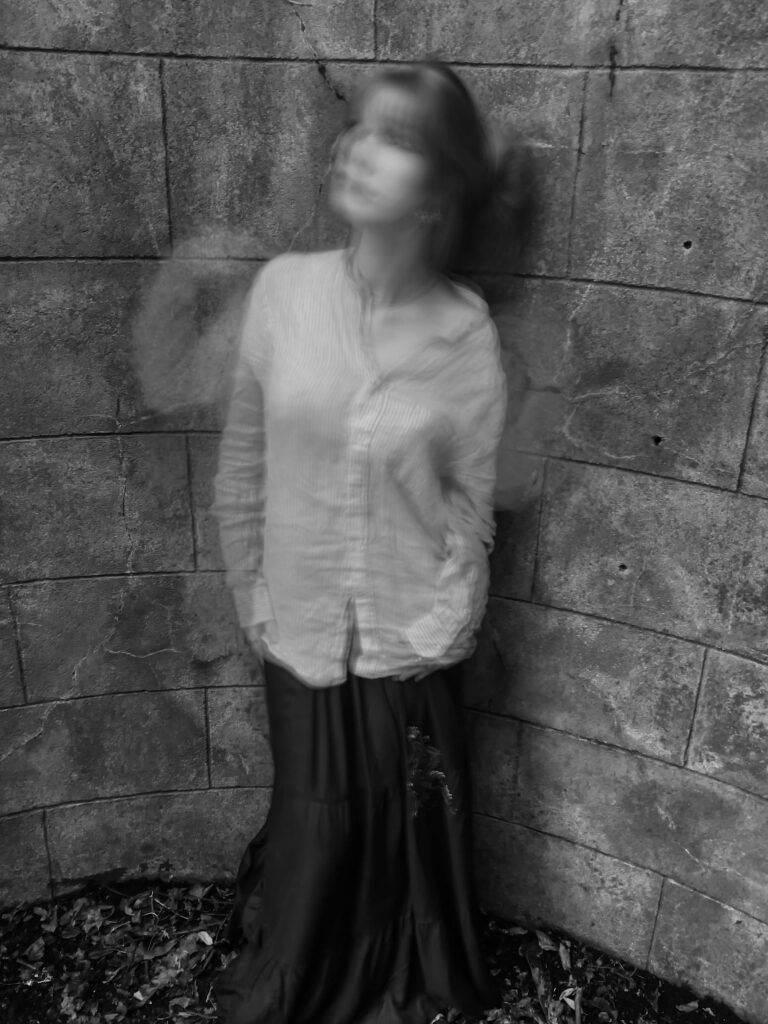
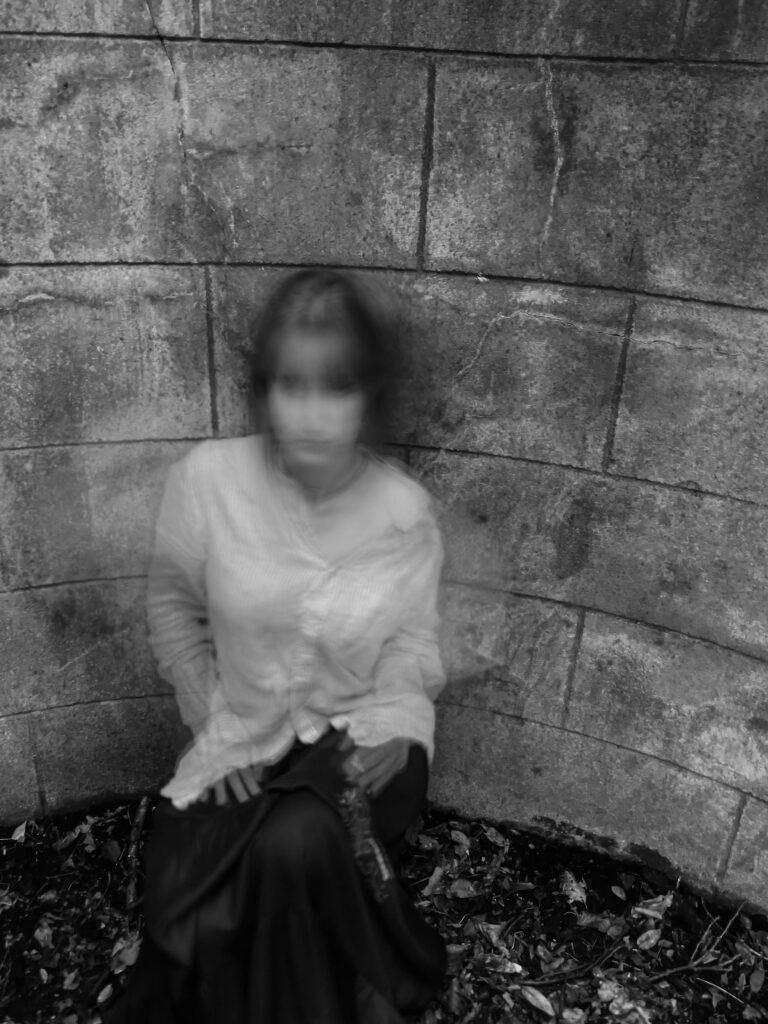

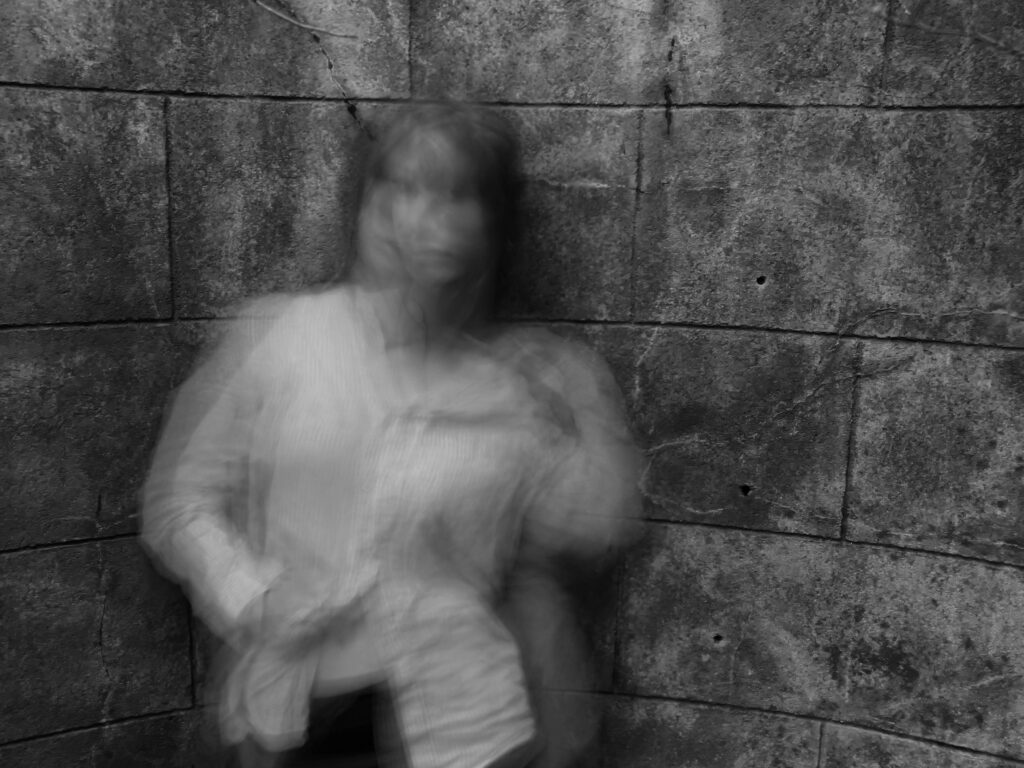

I think the editing was effective, since it improved the quality of the images as well as made them much more similar to my inspiration, Francesca Woodman. The increasing of the contrast made the details of the blurring stand out, emphasising the multiple exposures present in the photos.
Liam Wong is a Scottish photographer and games designer. He was Artistic Director of Ubisoft Montreal and was involved in the design of game series like Crysis and Far Cry. He is known for his cyberpunk, sci-fi style of photography. Wong is the author of the book To:ky:oo his book is a collection photo from Tokyo he says “I got lost in the beauty of Tokyo at night” To:ky:oo was published was published in 2019 and the photos look amazing. Liam Wong hasn’t done to much in the photography world however I really like what he has done and his night photography is very well done with the neon lights and all the vibrant colour really make his work I cant wait for his next pieces of work and I know it will be great. he got another book called after dark which was funded by crowdfunding which got 5x over the initial £40,000 target To:ky:oo focused more on the neon lights and bright colours but his new book After Dark goes for a more darker more depressed theme he travelled around the world visiting different city’s such as Seoul, Paris, London, Chongqing, Osaka, Hong Kong and his hometown city in Edinburgh. there are about 200 images in his photobook the photos in his book are a collection of photos from different city all over the world collected over years, Liam Wong decided he didn’t want to make a separate book for each city and decided to make a book with all of the best photos he got from each city

Robbie shone is a cave explore and visual story teller Robbie is recognised as one of the most accomplished cave photographer in the world he base in the heart of the alps near the scenic alpine town of Innsbruck, Austria he has developed a strong interest in caving and in particular the challenge that cave photography has to offer.

over 25 years Robbie has produced stunning pieces of work that has been featured in national and international publications including magazines, national geographic national geographic science, GEO, Time, stern, view and terra mater and books (nat geo) the most popular Instagram photos, night vision (nat geo), spectacle (nat geo), almanac 2019, (nat geo,)
What I found out during the last photography mock is that I am good at night photography and that my night photos are a lot better then my day time photos what I want to explore doing during the night photography is trying to get a good photo during very low light and trying to use my light source to light up a large dark area however I would also like to do more industrial and natural locations such as a forest and industrial areas during night time I would also like to do more urban photography however I do want to get more of a variety of photo rather than just urban, I also want to do more abandoned and historical sites of jersey I think that would turn out good if done correctly. my urbans an city photography I will be taking inspiration form Liam Wong just because he’s done some really good work and the photographs that he produces are amazing and are visually appealing. I will also be taking inspiration from Chris Burkard who has some great natural long exposure night photography.



My two artists are similar in some ways yet extremely different in others. Cartier-Bresson is self-proclaimed as someone who wishes to remain invisible to his subjects – a faceless camera in the crowds which takes candid pictures. Klein, on the other hand, is far more direct with his camera, choosing to be upfront and in the faces of his subjects. He enjoyed the reactions of his subjects, finding that these made his images far more successful, and also staged some images. In the article I read to find criticism of his work, the author suggests that Cartier-Bresson’s images were in fact staged, but that he never actually stated this. He suggests that Cartier-Bresson’s images ‘aren’t Street Photographs anymore and shouldn’t be coined as that’ due to the possibility that they were taken when ‘you already have found the right background and are just waiting for the person to enter the frame.’ Therefore, the key distinction between these two photographers is that; one (Klein) was an openly staged photographer who enjoyed being both in the faces of unsuspecting subjects and a puppeteer of more theatrical images which he manually staged; the other (Cartier-Bresson), however, prefers to be invisible and has the philosophy of ‘the Decisive Moment’, suggesting complete candidness in each of his images, but is debated to have actually staged his images and not mentioned this. Cartier-Bresson is more highly regarded than Klein, perhaps because he came before him, but it is also clear that their styles differ quite widely. Klein, when photographing his hometown for his photobook New York, wanted to present it as gritty and loud, just as he saw it himself.






The publication is, in many ways, a projection of Klein’s dislike for the city, but is, in others, a sort of love letter to New York. Either way, the publication had been commissioned by Vogue who ultimately rejected it because of its harshness and unconventionality (he included images which were blurred, distorted, or unfocused). They wanted a romanticism where Klein preferred a realism. The publication later became renowned after being published in Paris and it is now a famous staple. Cartier-Bresson, on the other hand, was more focused on creating an aesthetically pleasing vision of whatever he was photographing, no matter how harsh it may have been in actuality. He, like so many consumers of his photography, enjoyed the harmony of form, line, and shape to create a perfect composition. His fame arguably derives from this love for aesthetics.






A key difference between the two artists is their subject matter and specialisation. Whilst Cartier-Bresson is regarded as, first and foremost, a street photographer, his work also focused on geo-political and social issues across the world, often dealing with far more stirring situations than that which occurs on the streets of most cities. The time in which he operated created a multitude of subject matter for him, meaning that his work is some of the most prominent and important of many historical events across the 20th Century, such as the Chinese Civil War of 1949, the partition of India in 1947, the Second World War of 1939-1945, and the Cold War’s effects in Eastern Europe which spanned the second half of the century. Klein however, did not branch from street photography, except to become a fashion photographer for Vogue. His work is more ‘fun’ than Cartier-Bresson’s, arguably, as it is either based on the aesthetics of fashion or the day-to-day life of various city dwellers, whilst Cartier-Bresson was commissioned to travel all over to be the key documenter of important historical events, placing him in higher regard because of his more dangerous working conditions and, as one may argue, more ‘serious’ work ethic. Both artists paid specific attention to aesthetics, but in different manners.
Conclusion
Overall, the two artists are not fundamentally similar when delved into, despite the immediate appearance that they may be. Their intentions differed, which resulted in different styles, subject matter, and outcomes, and is perhaps why they are so often compared alongside each other; they compliment each other.